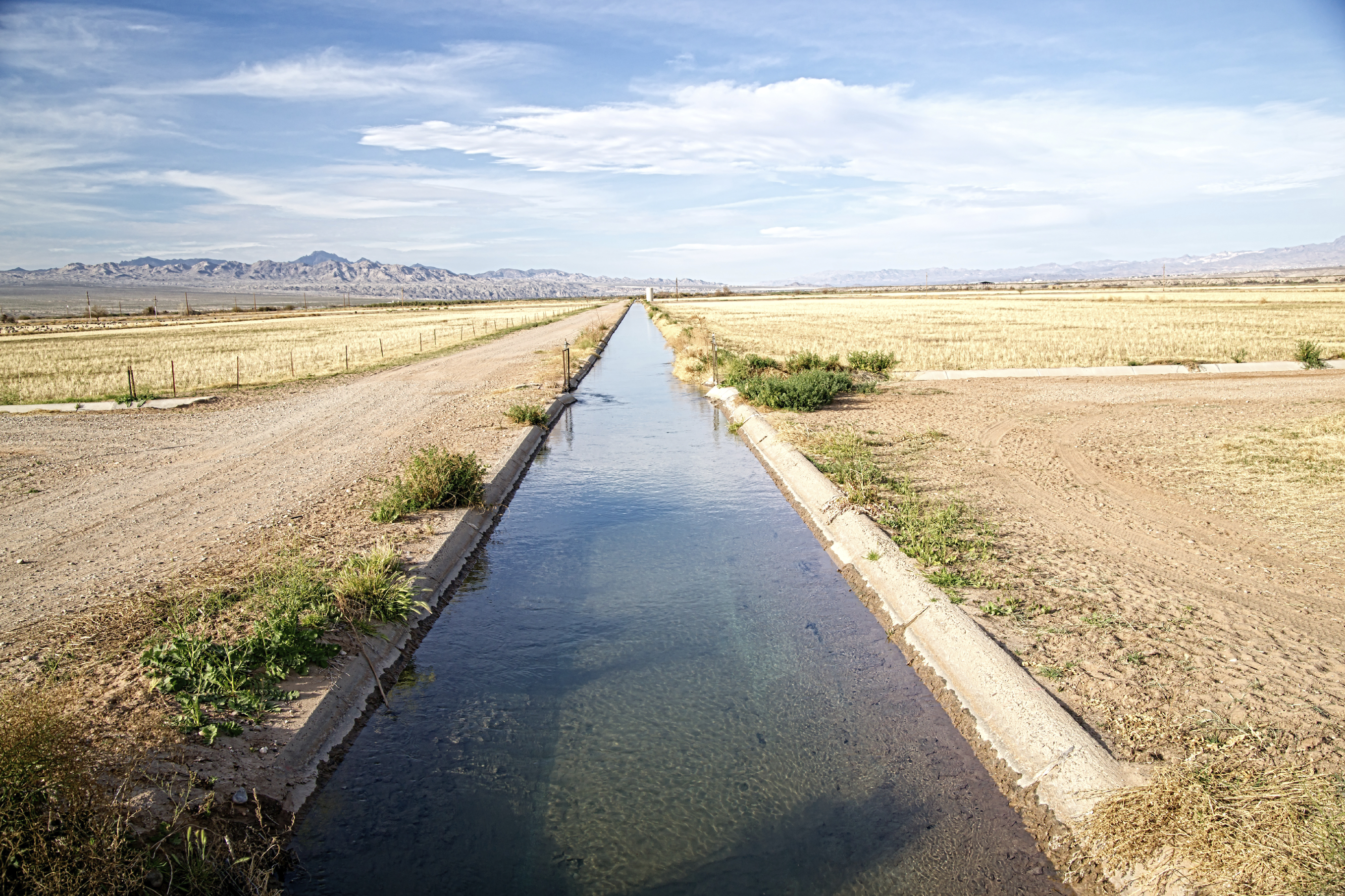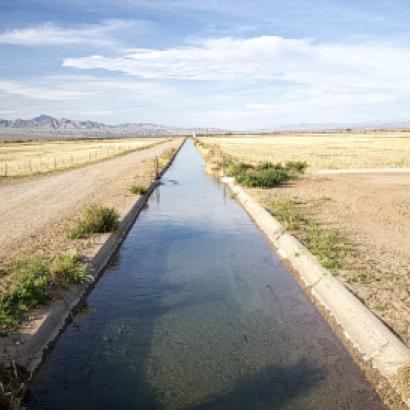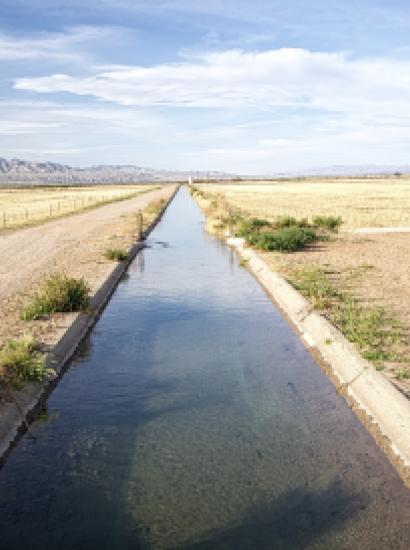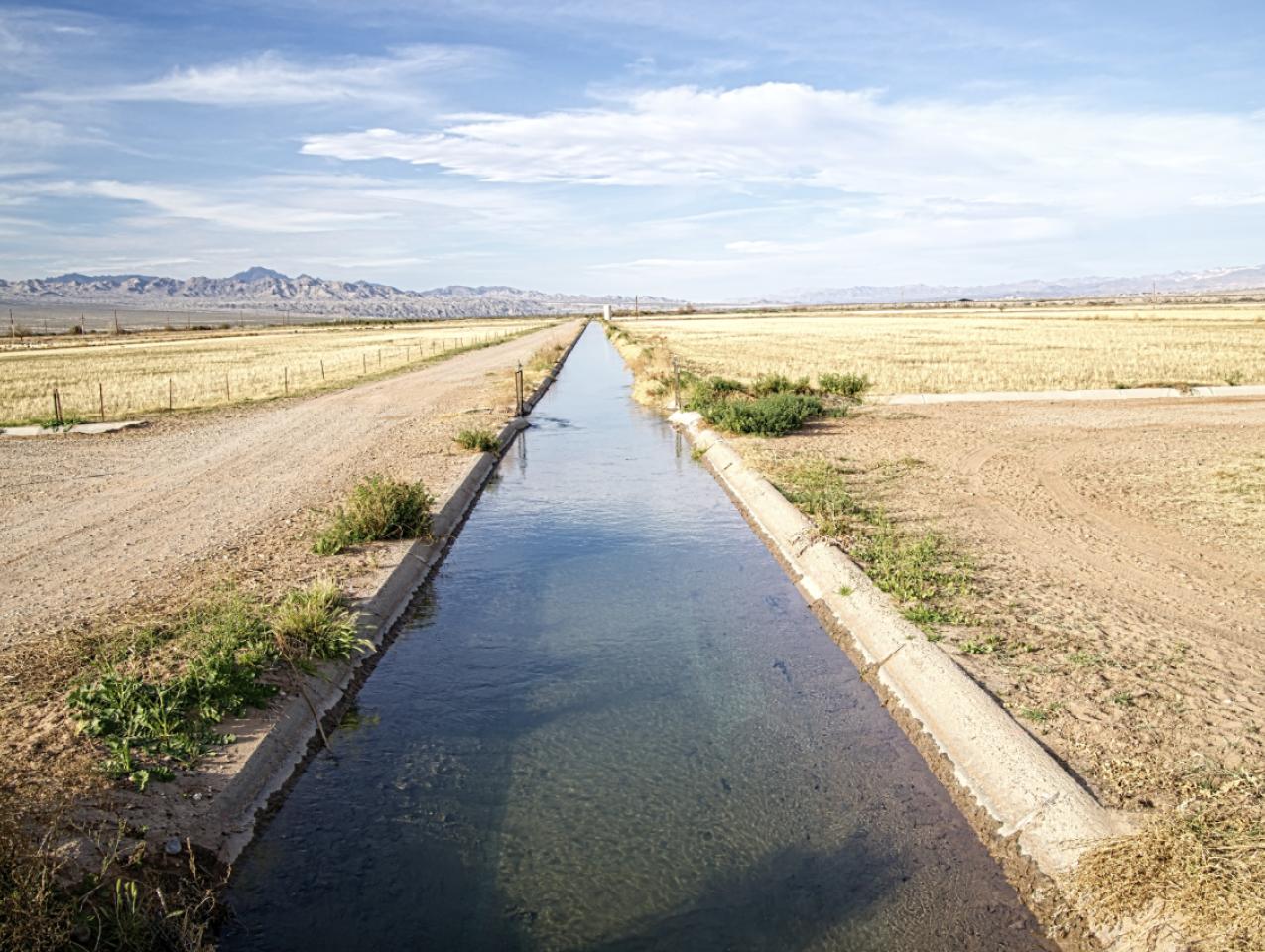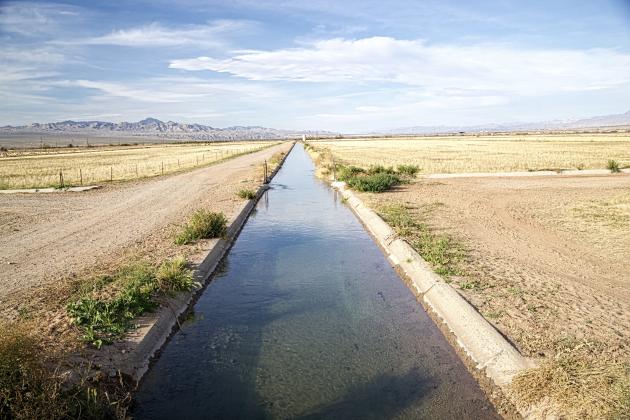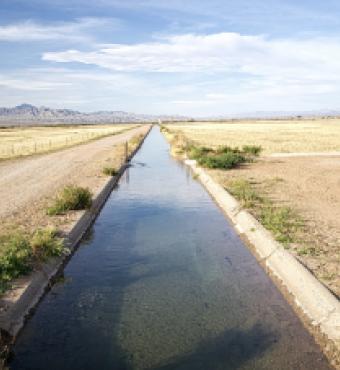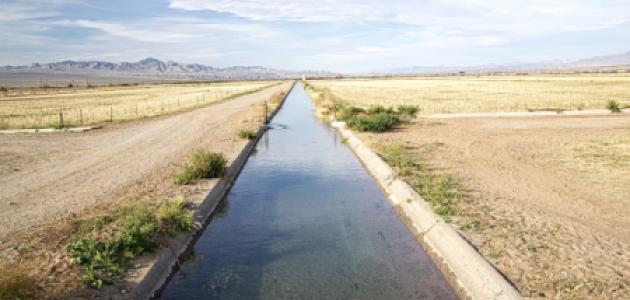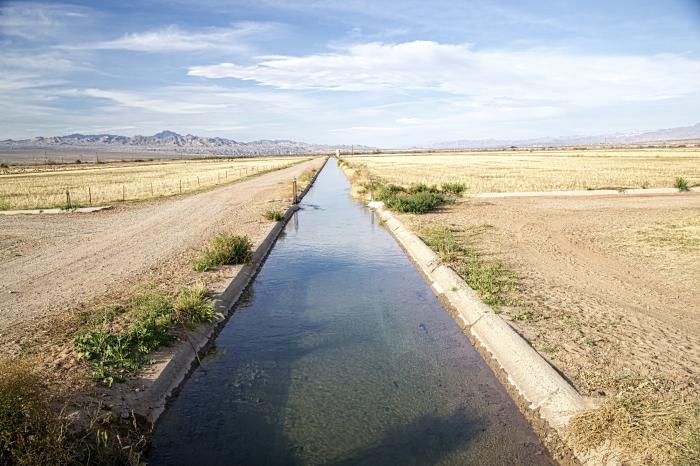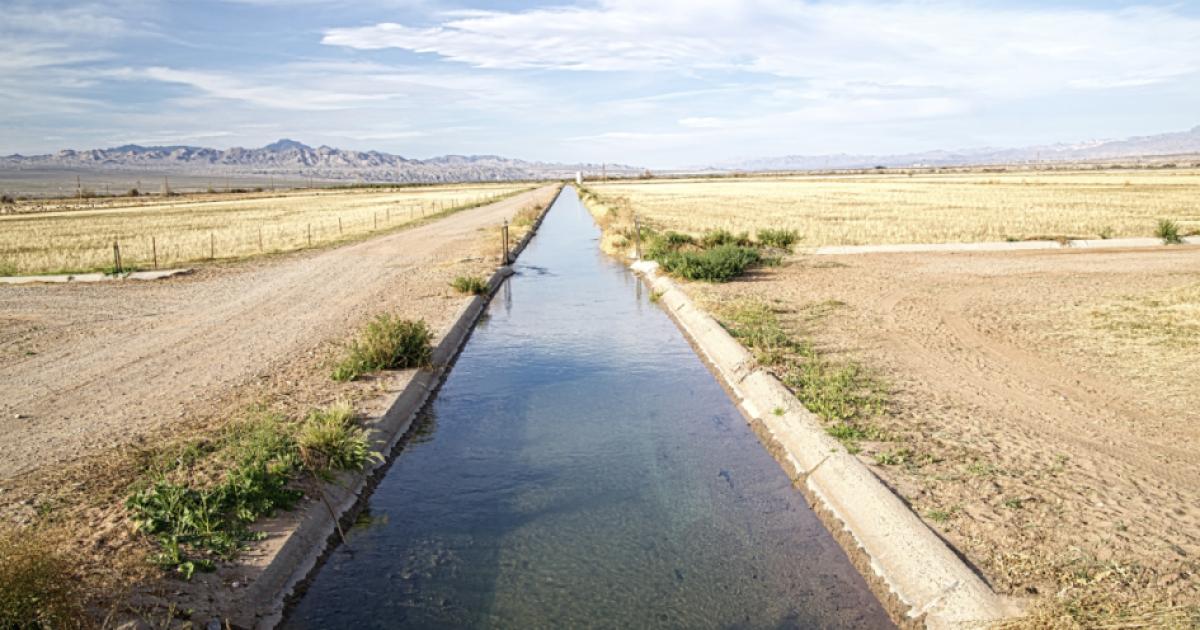- Politics, Institutions, and Public Opinion
- State & Local
- California
It is September in California, year four of a scorching drought. Forest fires are blackening the arid state, from Napa Valley to the Sierra Nevada Mountains. Fly over the High Sierra and about every tenth evergreen below appears dead. Even the high mountain lakes and reservoirs are about empty – and equally void of vacationers who have few places to boat, fish, and ski, and are unsure where the next forest fire will break out and force evacuations on often one-lane winding mountain roads.
Four years of warnings of the consequences of government culpability – from cancelling water projects to releasing millions of acre-feet of precious stored reservoir water in utopian efforts to restore 19th-century salmon runs in the San Joaquin River or to rebound a bait fish population in the San Joaquin-Sacramento River Delta – are no longer written off as shrill.
Only meteorologists offer hope. They reassure that the cause of the drought was never global warming, as the president and governor in demagogic fashion insisted. Rather, periodic fluctuations in oceanic temperatures, especially warming and cooling of the equatorial Pacific Ocean known as El Niño, determine whether northern winter storms skirt or hit California. Preliminary data now suggest that perhaps El Niño is finally back to change storm trajectories and that next year might see the end of the four-year absence of snow and rain.
In the meantime, few talk about the underbelly of the drought. There is a well-drilling craze from one end of the 400-mile long Central Valley to other. Prices-per-foot of well and casing have tripled and quadrupled. Irony abounds. Valley farmers were the first to feel the drought when their contracted surface water was cut off years ago. But many of them will also be the last to survive, given the state’s aquifer is only deep in the state’s center and can be tapped for years more – if one has the money and clout to find a well rig to drill ever deeper than one’s neighbor.
There is little, if any clean hydroelectric power being generated, at precisely the time farmers are using their power-gulping pumps to keep their farms alive until canals and ditches flow again. Many of us have paid steep taxes for four years to local irrigation districts, but have not received a drop of water. Instead, the farm’s electric pumps go on in April and stay on until October. The aquifer plunges a foot or two per week. Few remember how holistic was the system of our grandfathers in which surface irrigation recharged the aquifer relegating pumping to back-up insurance rarely drawn upon.
Farmers survive the soaring electricity costs and the huge capital investments of new pumps and wells only through record commodity prices – nuts and fresh fruits especially – that will likely continue to climb as the drought cuts commodity production and the Asian consumer market grows. Another oddity: there is a land boom too, at least along a ten-mile radius of the 99 Freeway in the center of the state. There, an acre of farmland, with the water table still only 100 feet below, can go for between $30,000 and $40,000 per acre. Prices have climbed $10,000 an acre in just the last year.
Investors rightly see the narrow agricultural corridor as the last place in the populated central and southern part of the state that will go dry. Farms with a good aquifer thus represent a reasonable gamble that they will manage to produce crops that will bring in more cash than it will cost to irrigate them.
Meanwhile, farmers of the 3-million acre West Side of the Central Valley, nearer the I-5 interstate, have been mostly cut off from the California Water Project and Central Valley Project irrigation water from Northern California. Unfortunately, the aquifer is of little help on the West Side. Water is found only from 600 to 1,500 feet below the surface, and is usually of poor quality. Many larger conglomerates are hedging bets by leasing or buying eastern valley land, which in turn only adds to the anomaly of soaring land prices even as agriculture is declared doomed.
The two great population centers of the state – the Los Angeles Basin and the San Francisco Bay Area – have so far not been greatly affected by the drought given both areas have the best claims on the vast transfers of water from Northern California and the Sierra. Another of the ironies of the four-year crisis has been the resistance of these urban interests to building new reservoirs, raising dams, building the peripheral canal, and keeping reservoirs full – despite their complete reliance on such fossilized water infrastructure.
Advocacy for massive releases of stored water for fish restoration and river enhancement were pet projects of Bay Area progressives. Cynics would attribute such green politics to the fact that millions of urbanites could cut off the contracted water of distant others only because their own supplies were sacrosanct.
But that surety will disappear in 2016 should El Niño not reappear, the drought continues, and the last of California municipality-contracted water disappears. The back-up aquifers in these vast urban centers are inadequate to replace northern and Sierra transfers. When Hollywood and Google go dry, we may, too late, hear of the need to finish California’s water projects that were largely cancelled when the state’s population was 20, not the present-day 40, million people.
The solutions for the drought are simple: complete the envisioned reservoirs and dams of the California Water Project; cease releasing water from reservoirs for theoretic fish restoration; and lift government regulations on how water is bought and sold.
In the meantime, we pray for the long awaited Christmas-time return of El Niño – a divine gift of warmer ocean temperatures.

California Groundwater Aquifer
Typically 30% of the state’s water supply, California’s 450 groundwater aquifers store about 425,000 acre-feet of cost-effective and usable water. California’s largest aquifer lies under the Central Valley, which collects water runoff from the Sierra Nevada Mountain range. During drought years, the aquifer can provide over 60% of the state’s water – even more for farmers. This depletes the supply, however, which can only be replenished via gradual Sierra Nevada runoff or surface water transfers for irrigation, which then seeps down into the aquifer to recharge it.







